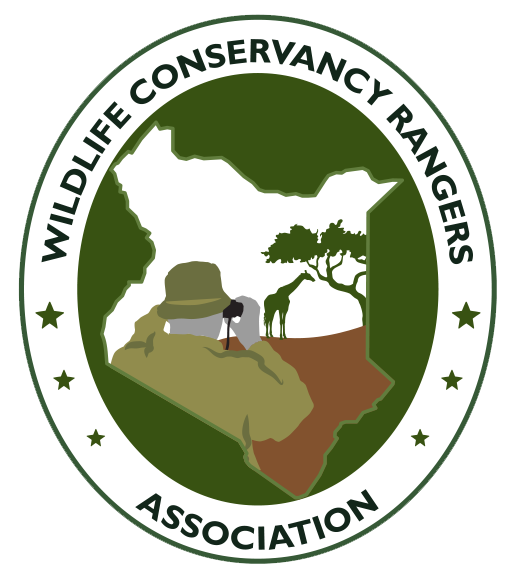01
POLITICAL
The Government of Kenya has shown goodwill and recognized the efforts of rangers, including conservancy rangers, in wildlife security in and outside state-protected areas. Through the COVID-19 Economic Stimulus Program, the government of Kenya allocated Kenya Shillings one billion to conservancy rangers and an additional one billion to KWS to support rangers' salaries whose salaries had been cut following the COVID-19 pandemic.
02
ECONOMIC
The tourism sector remains the leading foreign exchange earner in the country In 2020, foreign exchange earnings from the tourism sector rose by 3.9%, up to $1.61 billion The sector contributes about 8% of the Kenyan Gross Domestic Product (GDP) and employs over 1.6 million workers With the appreciation for increased benefits from wildlife and enhanced community participation in biodiversity conservation in the country, tourism conservation enterprises such as eco-lodges and tented camps have been established in most private and community conservancies across the country.
03
SOCIAL
Community conservancies have grown tremendously in Kenya during the last three decades. Presently, about 174 community and private conservancies are registered with KWCA and cover an area of over 70000 km2, equivalent to 12% of Kenya's total land area. These conservancies contribute significantly to biodiversity conservation, poverty reduction among the host communities, and human-wildlife conflict mitigation. However, one of the key challenges that these conservancies face is overgrazing by many livestock herds, resulting in increased pressure on pastures.
04
TECHNOLOGICAL
Conservancies are key to biodiversity conservation areas, and ranger-based monitoring is critical for sustainable wildlife conservation and management. Rangers are often tasked to protect large areas of land in remote areas with limited resources, support, infrastructure, capacity, and training. Technology can empower rangers by revolutionizing their operations and improving their safety while ensuring better wildlife protection and conservation results.
05
LEGAL
Kenya is a signatory to international conventions on biodiversity conservation, including the Convention on International Trade in Endangered Species of Wild Fauna and Flora (CITES) and Convention on Biological Diversity (CBD), and is committed to implementing them. Hence, Kenya has stipulated an enabling legal framework for the work of the conservancy ranger in biodiversity conservation and management in Kenya. Revisions of the Wildlife Act 2011 provided for establishing community conservancy to keep pace with community conservancy practices, protect community welfare, and guide conservancy operations.
06
ENVIRONMENTAL
Climate change is one of the significant threats to biodiversity conservation efforts in Kenya. Kenya is losing more elephants to climate change-related issues than to poaching because it directly impacts the survival of wild animals. Rangers have a critical role in mitigating climate change effects by preventing environmental degradation through bushfires, charcoal burning, pollution, biopiracy, and deforestation. There is a need for close partnerships and collaborations between AWCRK with other conservation partners in resource mobilization and strategic investments to ensure the conservation sector grows.
